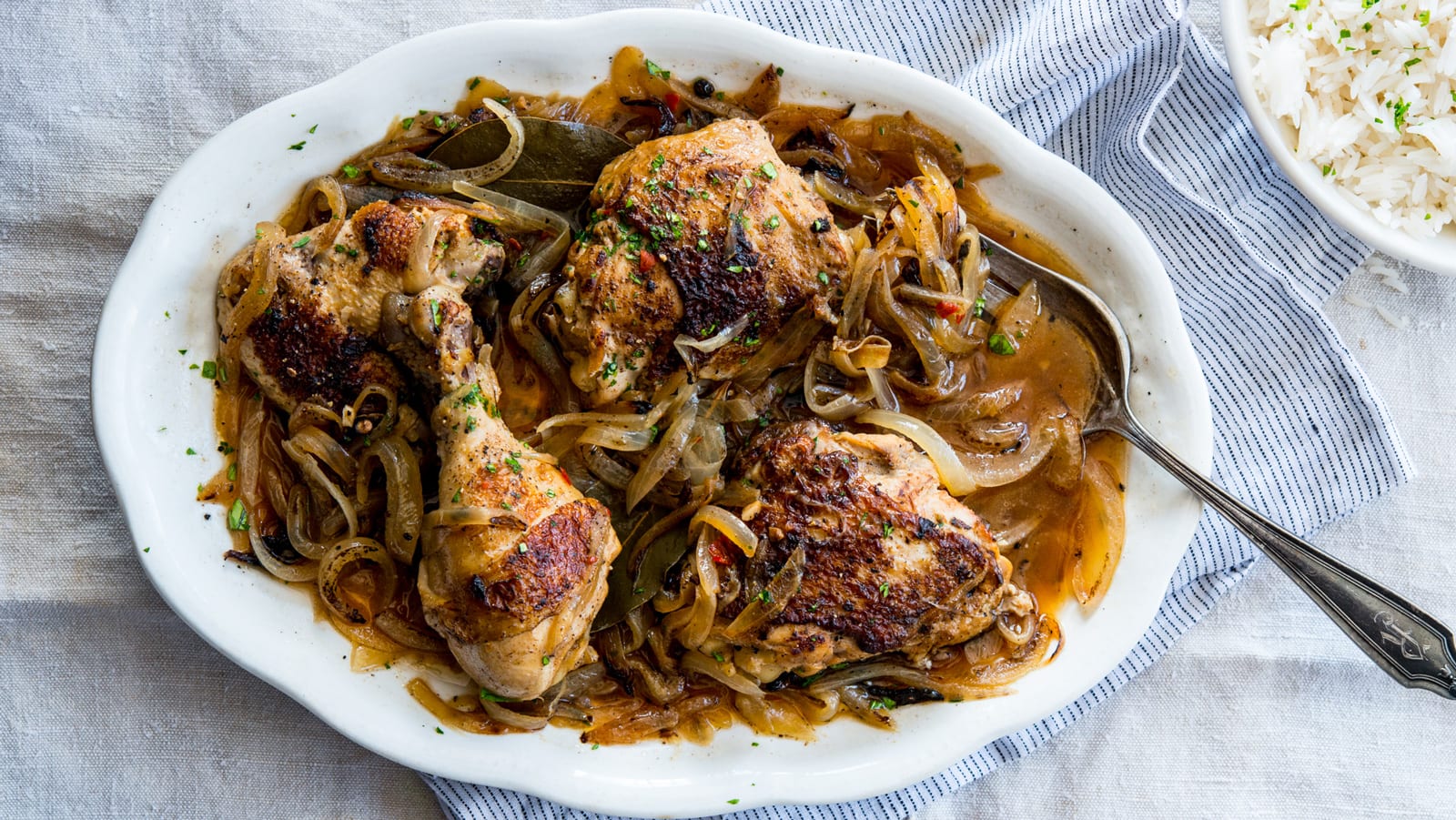Senegalese cuisine is shaped by centuries of history and the country’s unique location along the Atlantic coast. Known as the “Gateway to Africa”, Senegal boasts a culinary tradition that brings together influences from French, North African, and West African cooking, all while making use of the country’s abundance of fresh seafood and local produce.
Whether you’re a seasoned foodie or someone looking to broaden your palate, Senegalese food is an exciting journey for your taste buds. In this article, we explore some of the most iconic dishes of Senegalese cuisine.
Thiéboudienne
No discussion of Senegalese food is complete without Thiéboudienne, often considered the country’s national dish. Thiéboudienne, which translates to “fish with rice” in the Wolof language, is a one-pot meal made from fresh fish (typically grouper or tilapia), broken rice, and a variety of vegetables such as cassava, carrots, cabbage, and eggplant. The dish is known for its robust flavours, achieved through the use of a tomato-based sauce seasoned with ingredients like tamarind, garlic, and onions.
Often referred to as Ceebu Jën in the Wolof dialect, Thiéboudienne is a meal best enjoyed with friends or family, traditionally eaten from a communal dish. The fish is typically marinated in a blend of spices known as nokoss, giving it a unique savoury taste. A fun fact is that Thiéboudienne is considered the precursor to the Jollof rice dishes found across West Africa today.
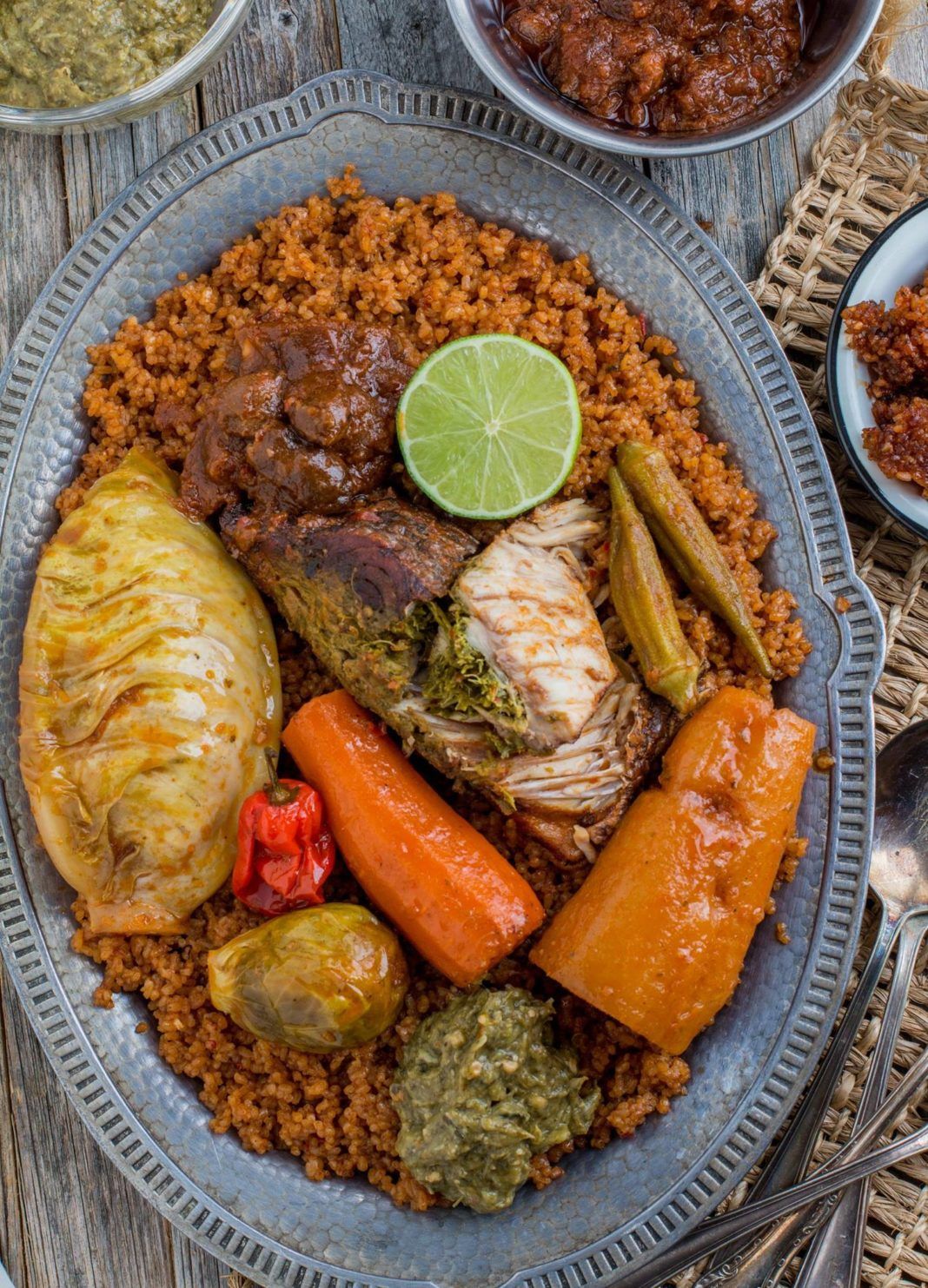
Yassa Poulet
For lovers of grilled chicken, Yassa Poulet is a must-try. This dish hails from the Casamance region in southern Senegal and is famous for its simple yet mouth-watering marinade of onions, mustard, lemon, and garlic. The chicken is typically marinated for several hours, allowing the tangy, zesty flavours to fully permeate the meat before it is grilled or fried to perfection.
Once cooked, the chicken is smothered in a caramelised onion sauce and served with fluffy white rice or couscous.
Mafé
Another beloved dish in Senegal is Mafé, a rich and creamy peanut stew that highlights the importance of peanuts in Senegalese cuisine. The base of the stew consists of peanut butter or ground peanuts, combined with tomatoes, garlic, onions, and a choice of meat such as beef, lamb, or chicken. Vegetarians can enjoy it with root vegetables like sweet potatoes and carrots for a hearty, flavourful option.
Mafé is traditionally served with rice, and its creamy texture makes it a comforting and filling dish, perfect for sharing with loved ones.
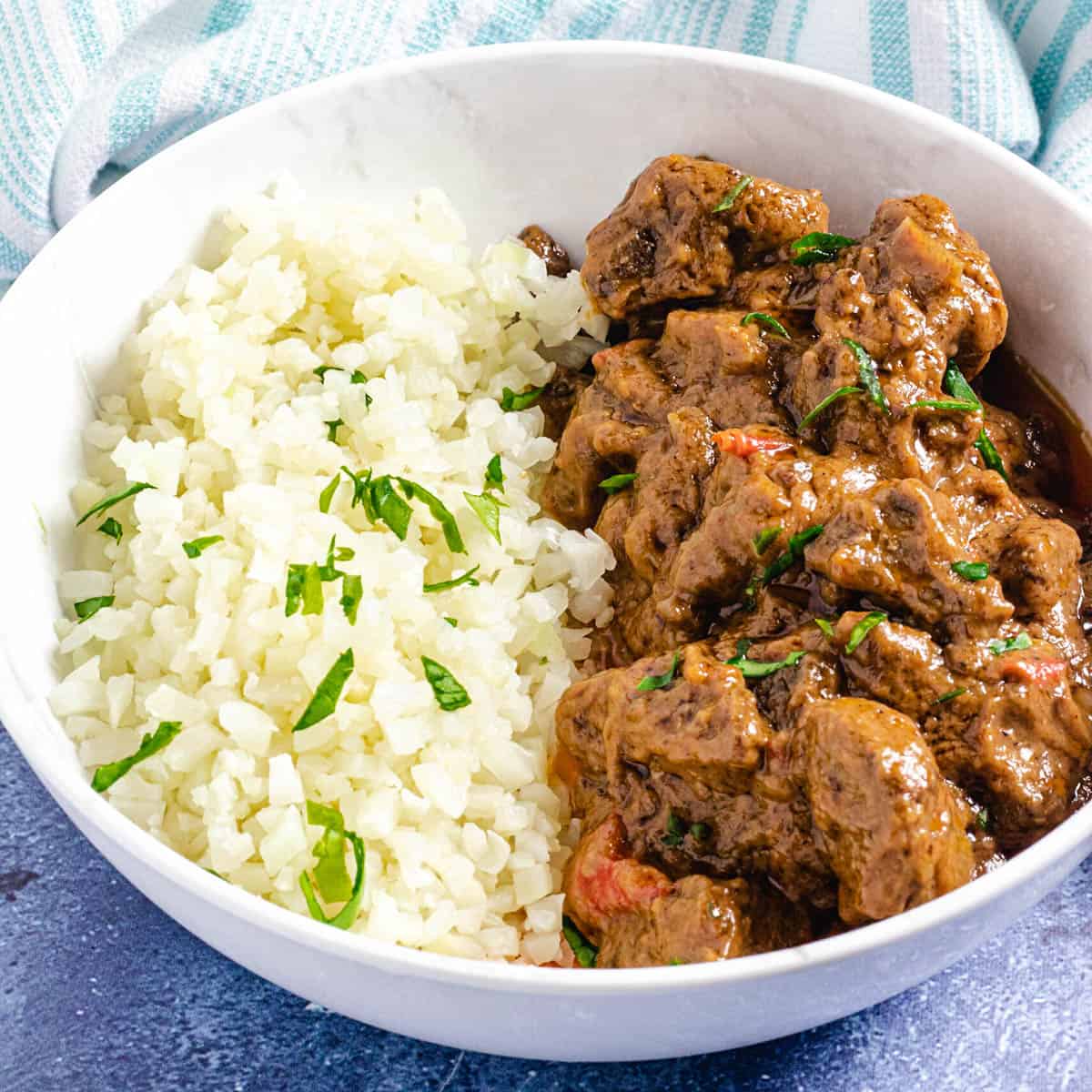
Pastels
For those craving a lighter bite, Pastels are a popular street food that will surely satisfy your appetite. These small, savoury pastries are deep-fried and usually filled with spiced fish or meat. The filling is often combined with onions, garlic, parsley, and a touch of chilli for a kick of heat.
Pastels are typically served with a dipping sauce made from tomatoes, peppers, and mustard, which adds a layer of tanginess to the already flavourful snack.
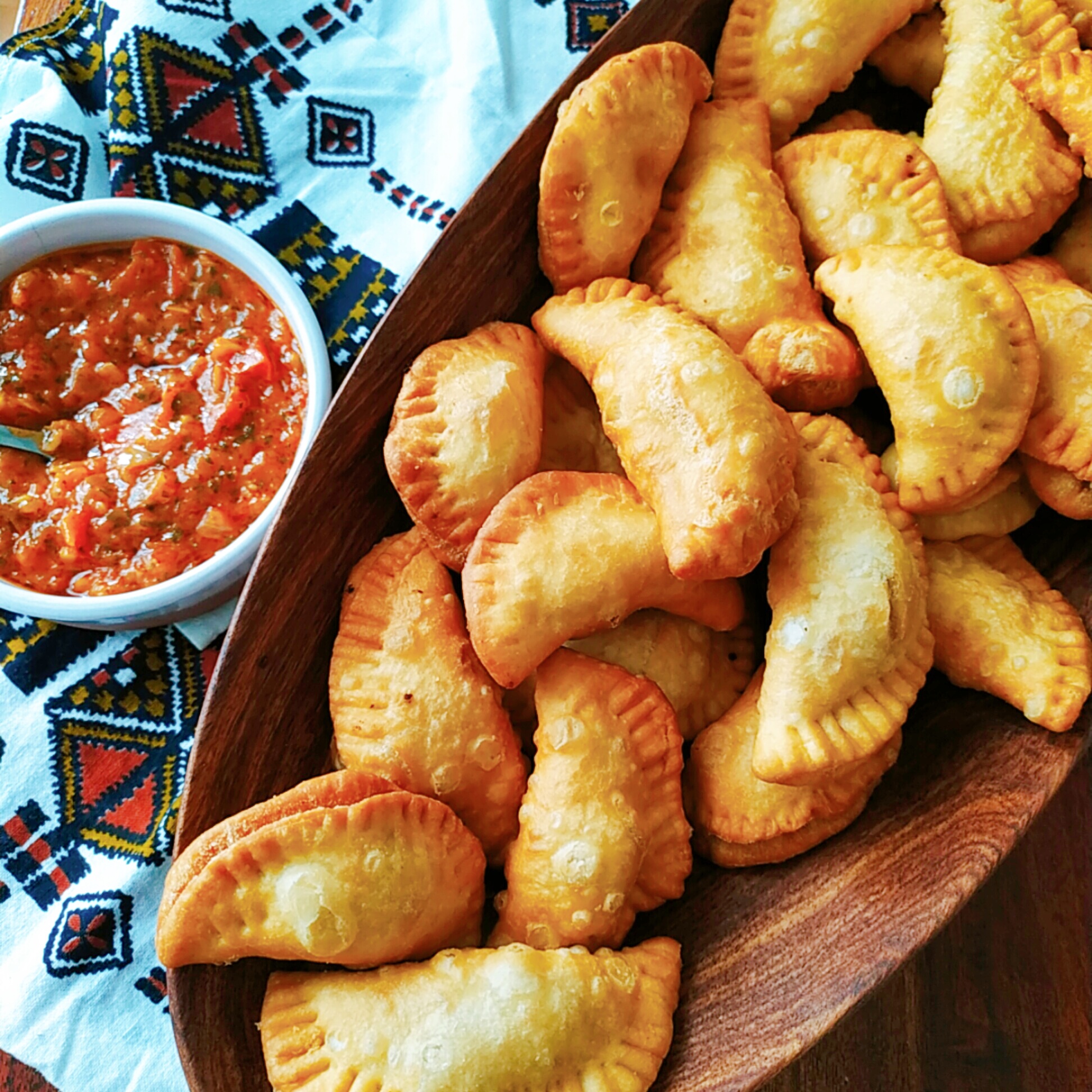
Bassi Salte
Bassi Salte is a lesser-known gem in Senegalese cuisine, but it’s equally worth exploring. This dish features couscous as the main base, but unlike North African couscous dishes, Bassi Salte is typically cooked with lamb, beef, or chicken, along with a mix of vegetables and sometimes even dried fruits for a sweet-savoury balance.
The couscous is often flavoured with tomato sauce and spices like saffron and cumin, giving it a distinctive taste. While it may not be as widely recognised outside Senegal, it’s a dish that encapsulates the diversity and complexity of the nation’s food culture.
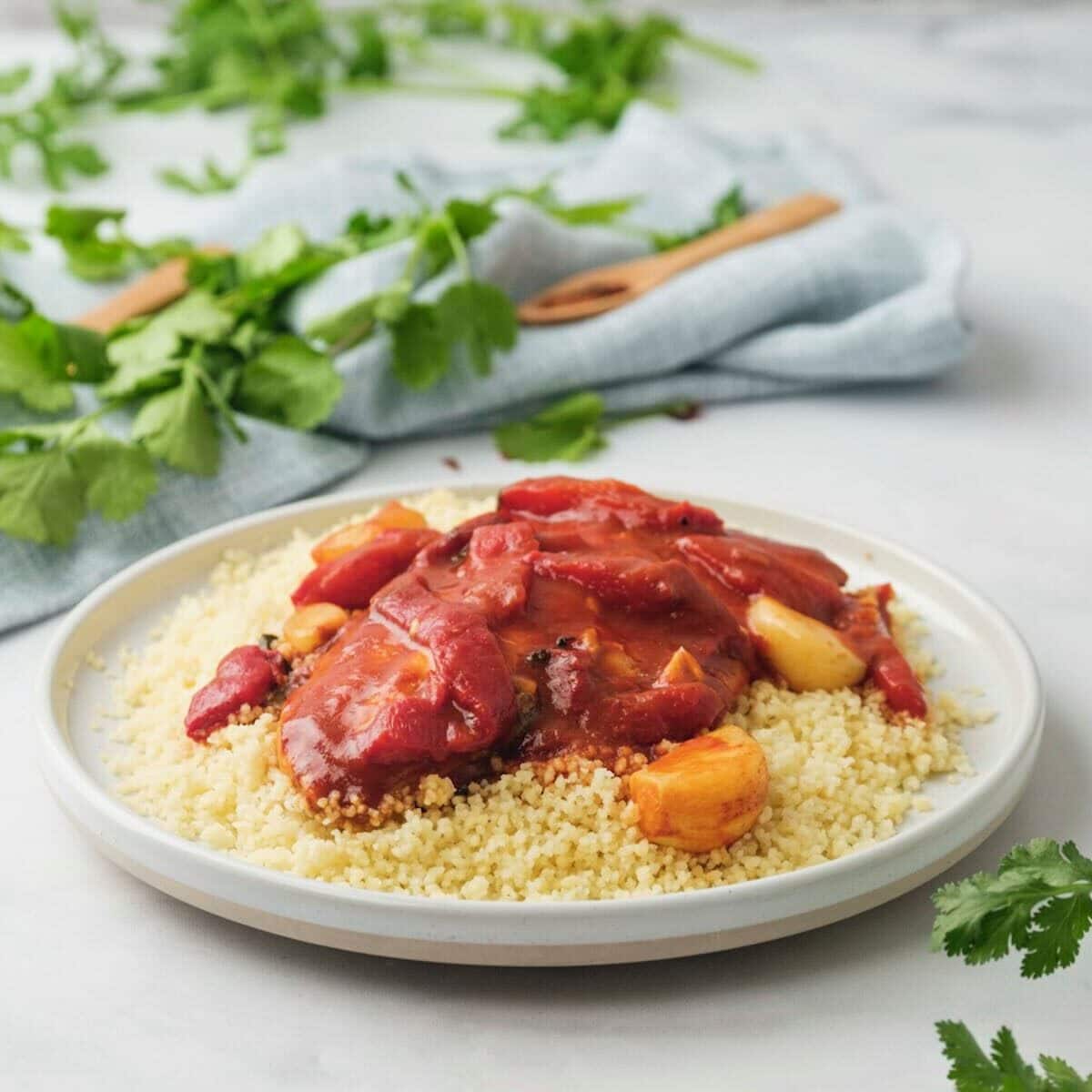
Senegalese cuisine is a celebration of bold, vibrant flavours and communal dining experiences. Whether you’re exploring the street food stalls or preparing a meal at home, Senegalese food is sure to leave a lasting impression on your palate. If you’re ready to dive into the world of West African cuisine, Senegalese food is the perfect introduction. Why not start with a plate of Thiéboudienne or a bowl of Yassa and experience the tastes of Senegal for yourself?


